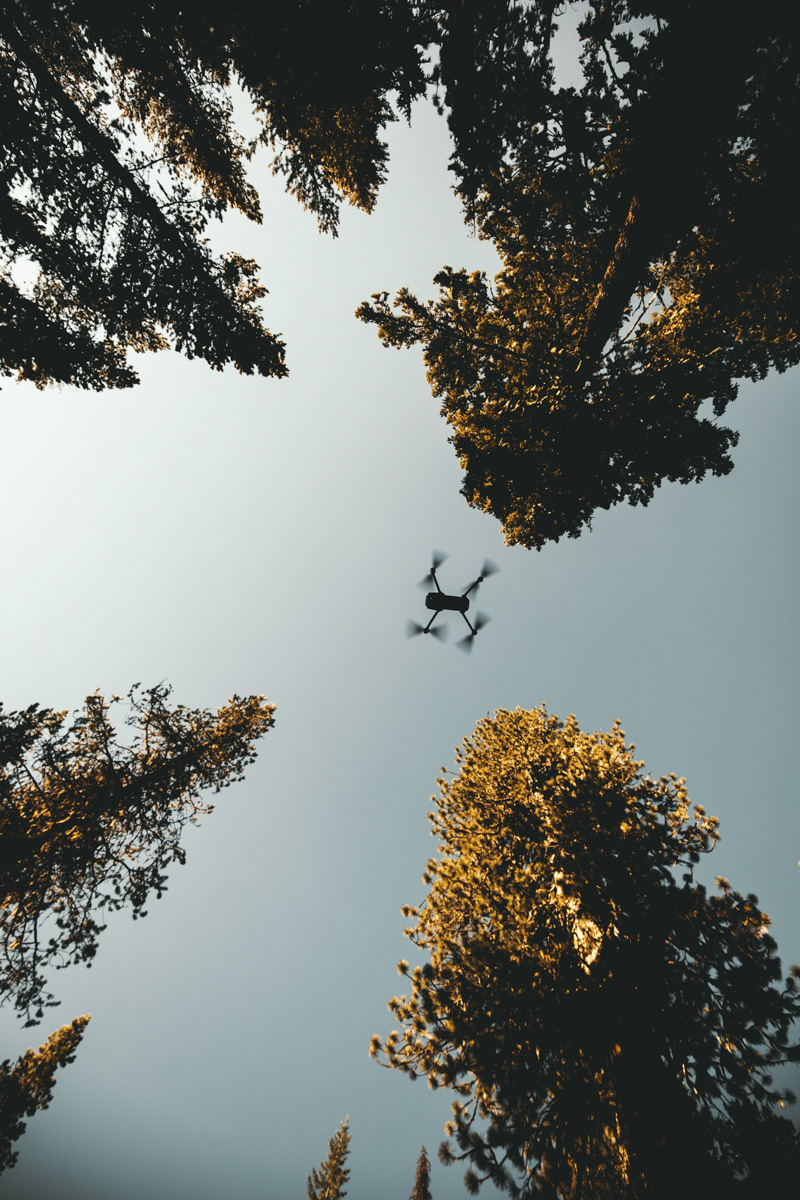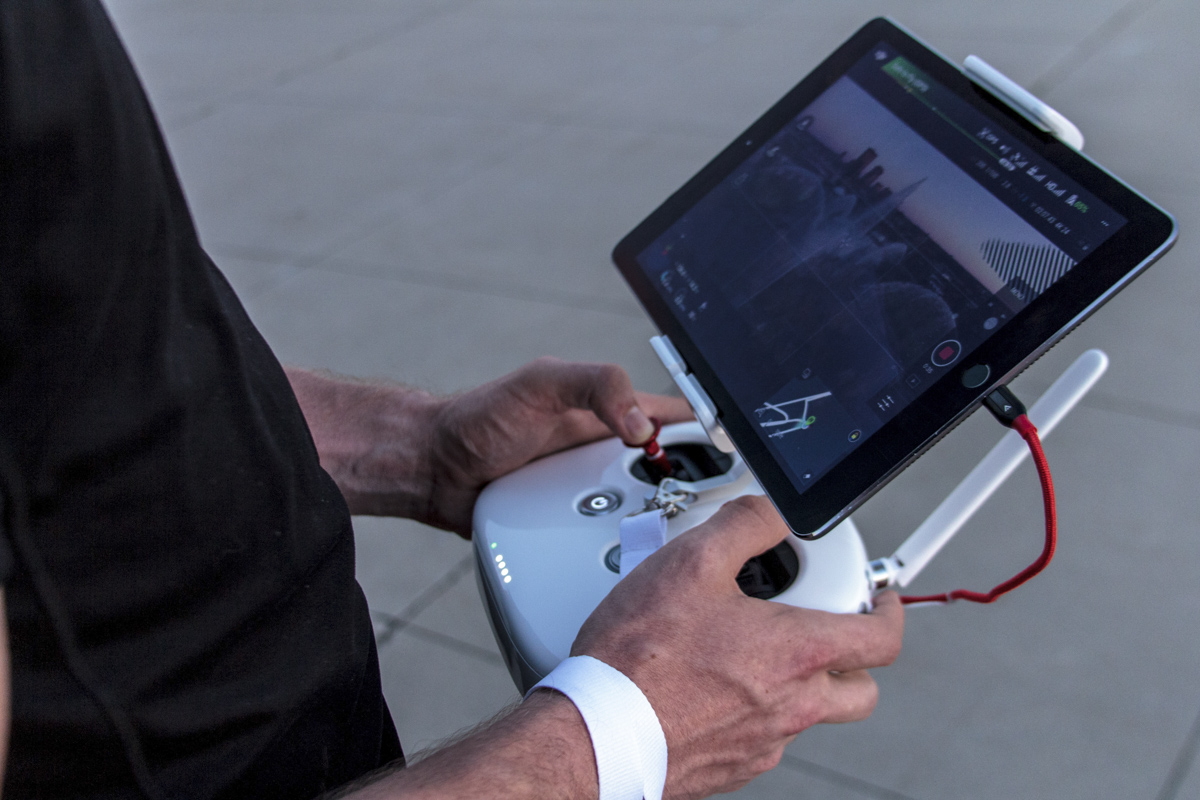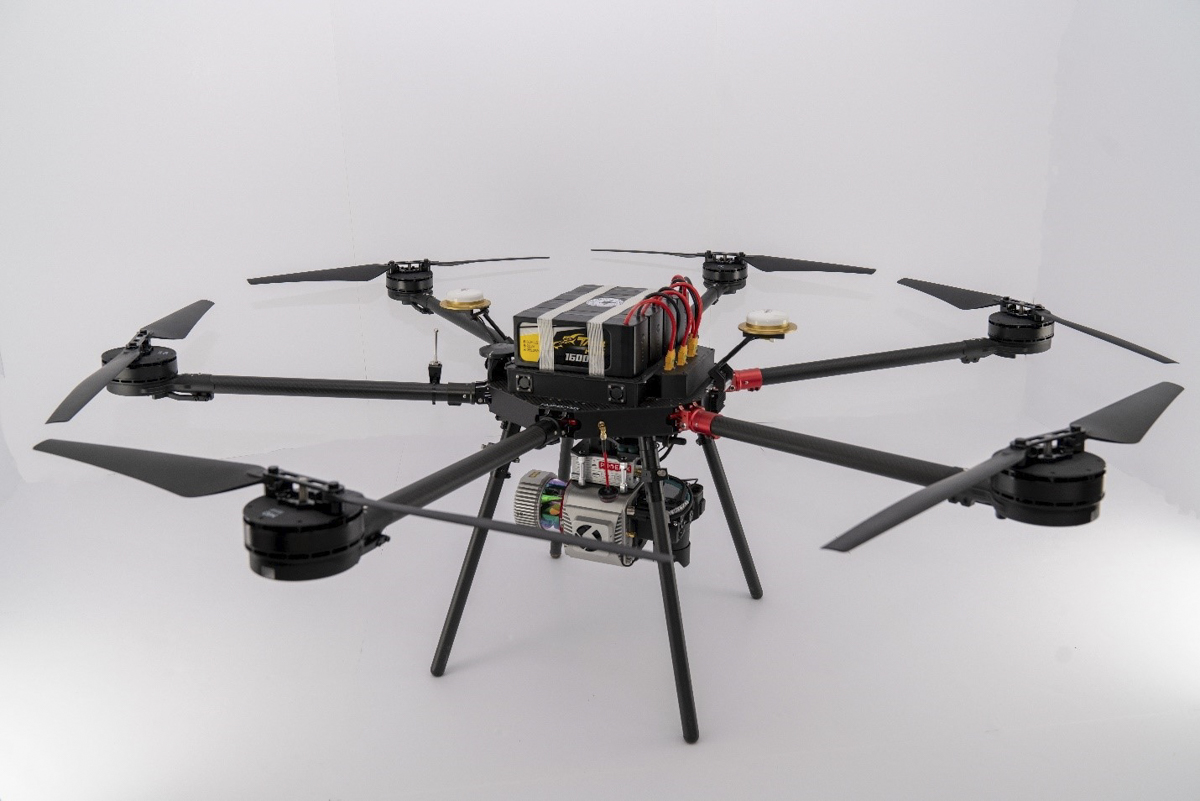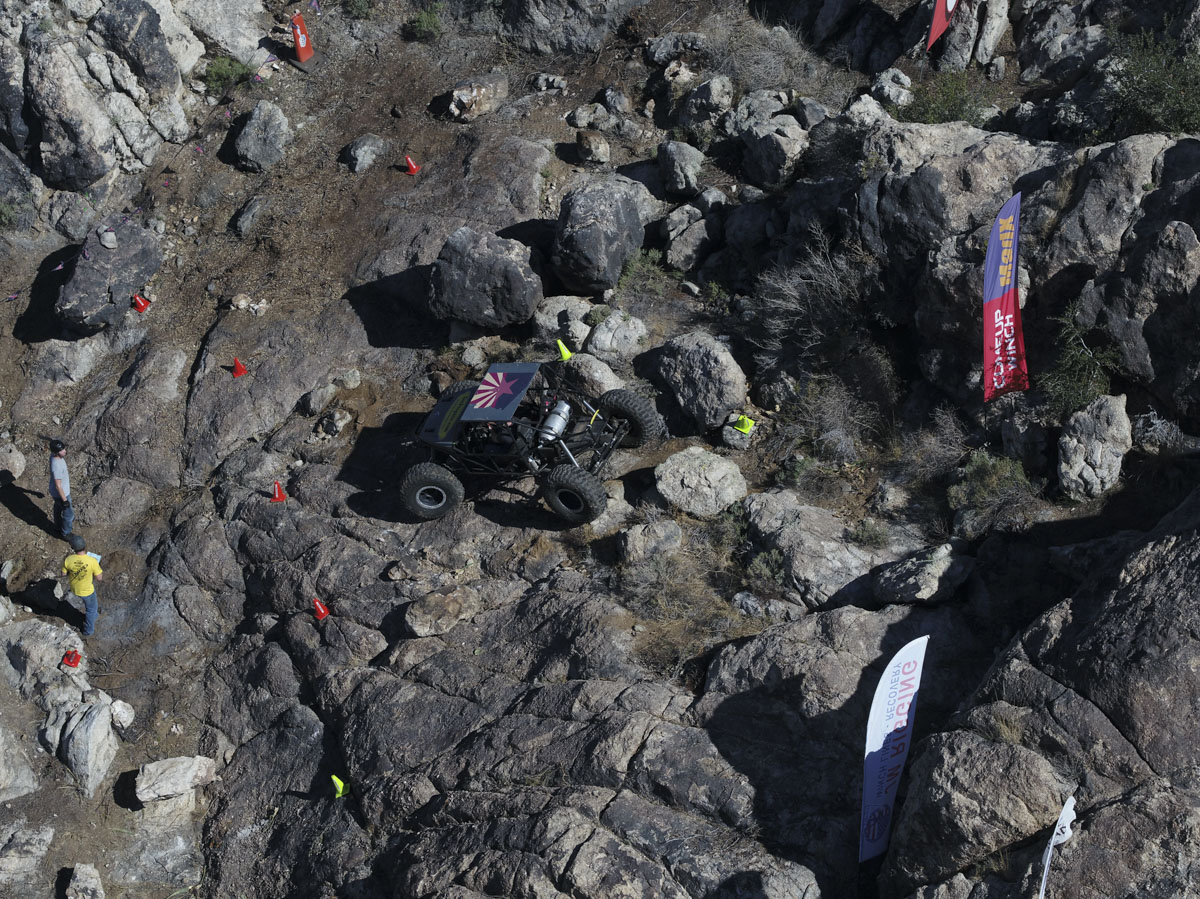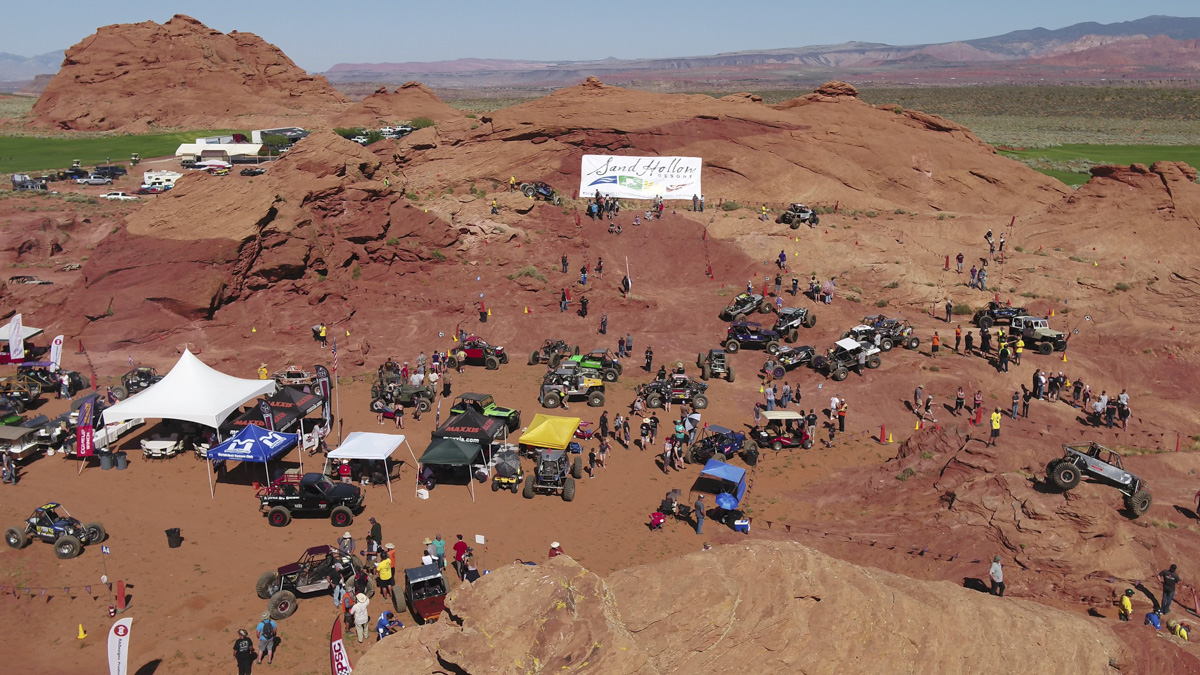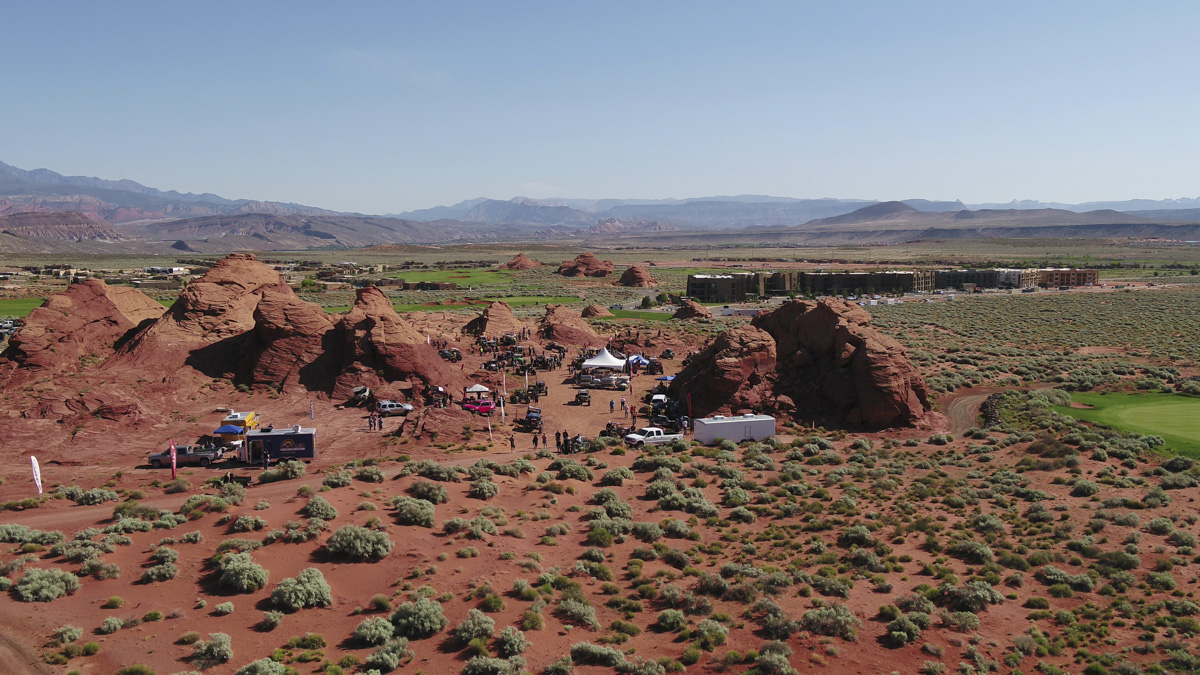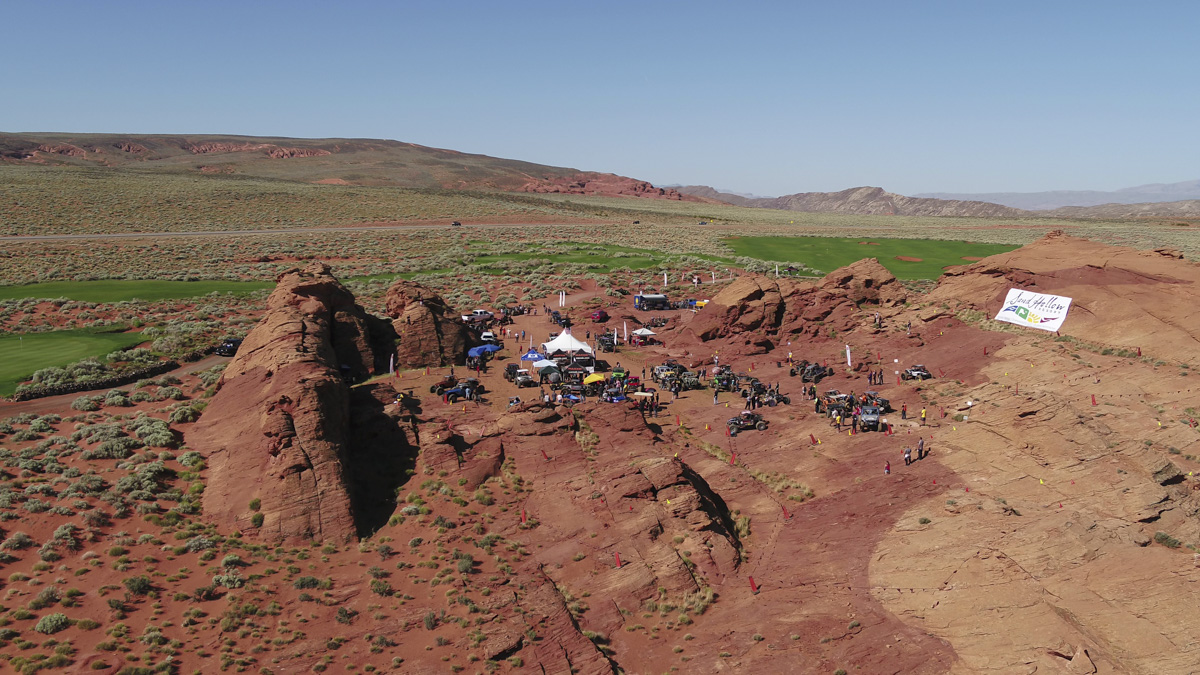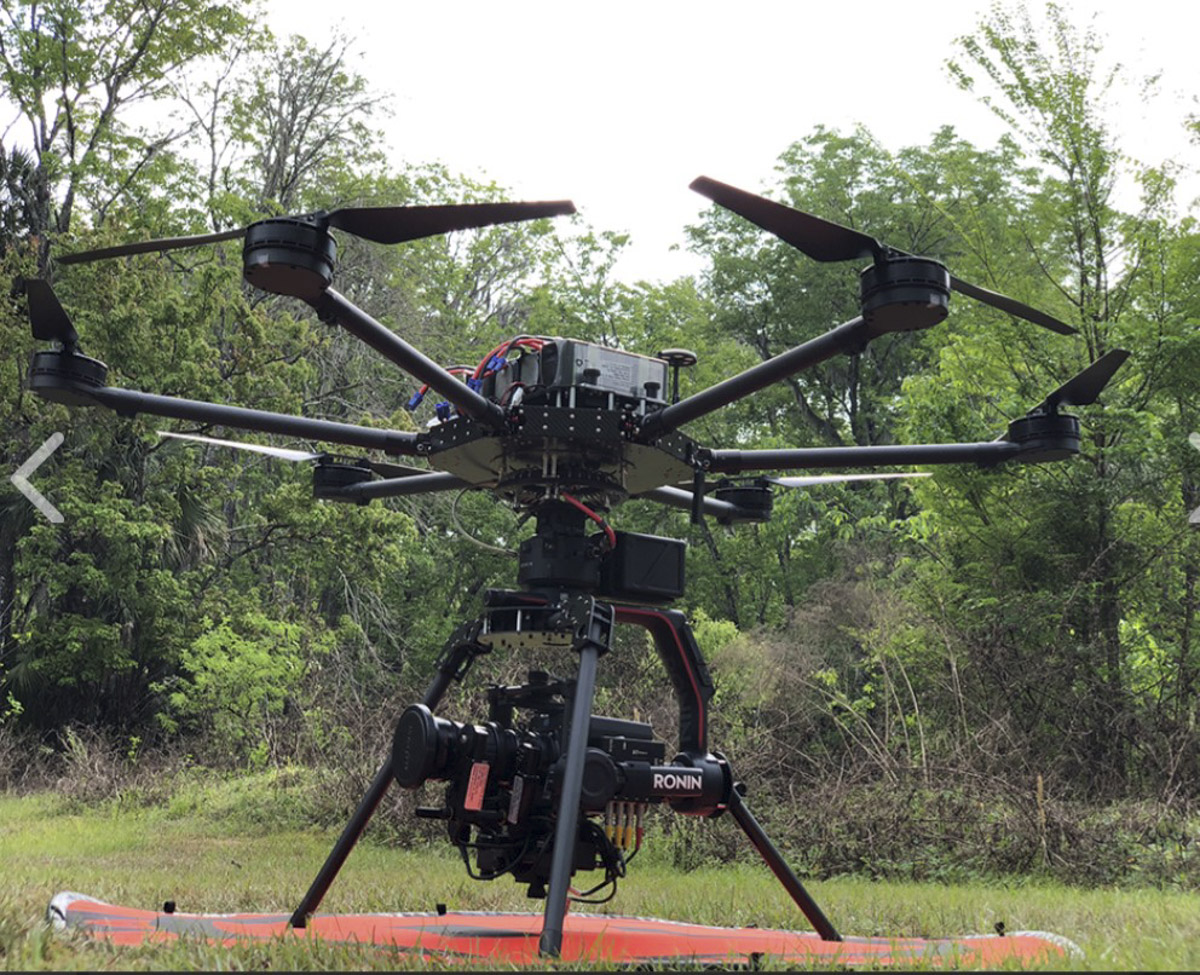Man Cave Conversations
A Higher Perspective: Flying Drones
Originally Published in Issue 34 of 4Low Magazine
Make sure to subscribe to get the newest issues of 4Low Magazine right to your mailbox. CLICK HERE
Story and photos provided by Troy Ballard, Phantom Aerial Solutions
This post has affiliate links, if you purchase something through a link, 4Low Magazine may earn a commission at no cost to you.
We’re always interested in the latest toys; if we’re not spending money on our rigs, we may need something to photograph them on the trail. Enter the Drone Zone. Let’s explore all the fun we can have with drones.
The best way to get started working with drones would be to evaluate how we would use a drone. Drones can be used for a hobby or as a business. First, let us start with using a drone for a hobby, do you want to race your drone? Or take pictures? How about free-flying to see things you may never see from a manned aircraft?
Drone racing can be a great way to relieve stress. If you get really into racing, check out www.thedroneracingleague.com for more info to spark your competitive side. Make no mistake; these are not as easy as they look to control at high speeds. Racing Drones can reach speeds up to 180mph and pull an amazing 12-15 G’s. Comparatively, a fighter jet can pull around 9G’s.
Using a drone as a hobby, whether racing or taking pictures, is perfectly acceptable. As a hobbyist, you could capture a cinematic memory of your family or loved ones. Maybe even catch a beautiful sunset and have it printed for your home. But what if you want to fly commercially?
The first thing you must consider are the regulations and safety that go along with someone paying you to capture images or video. The FAA has set rules and regulations that state you must first have a Part 107 Pilot certificate before flying a drone for business purposes. The Part 107 includes passing a knowledge exam to show you know when and where you can operate the drone without hurting someone or getting in the way of manned aviation operations. To get an idea of how many commercial flights happen on a day-to-day basis, there were 97,495 flights tracked in the 24 hours of 7/20/2020. You can find that data at www.flightaware.com every day of the year. To be a good drone pilot, you’ve got to be out of the way.
There are plenty of places that you can fly. Part of the knowledge certification helps you to understand how to check Airspace and Temporary Flight Restrictions (TFR) that could change daily (like a fire or a VIP coming into town.)
Once you obtain your Part 107 Pilot certificate, you can use your drone to take beautiful pictures, film videos, and movies, perform aerial data collection such as Thermal, Multispectral Images or even fly a very large drone carrying a LIDAR unit or some other special payload.
Phantom Aerial Solutions, Inc. uses many types of drones to collect sensitive survey data.
Whether you are flying a large drone or a small Mavic drone, the basic flight principles apply. You will want to perform a safety checklist and make sure your aircraft is ready for flight.
Here are a few rules for even a hobbyist.
You are responsible for knowing and obeying the rules of the sky. Most recreational pilots fall under the Federal Aviation Administration’s Special Rule for Model Aircraft. See the FAA’s Unmanned Aircraft Systems website for all the details, but here are the basics:
- Do not let your drone out of sight. No remote observers, no binoculars, no exceptions. If you cannot see your drone, you are out of bounds.
- If you want to fly within 5 miles of an airport, you must notify them before flying. A phone call is fine.
- Check for local or temporary flight restrictions with an app like the FAA’s B4UFLY, or a website like www.knowbeforeyoufly.org. You are responsible for knowing your local airspace — “I didn’t know better” will not fly.
- You cannot get paid.
10 Cool Things You Can Do with a Drone
- Join a Drone Racing Circuit As soon as humans invent a moving thing, we try to race it, and drones are no exception. Drone racing leagues have sprung up across the U.S., with the Drone Racing League as the major professional outfit. Pilots with video goggles and catlike reflexes race high-speed, purpose-built drones through obstacle courses. Look for a local racing club near you — or, if you are feeling bold, the DRL holds periodic tryouts for a $75,000 contract!
- Awesome Aerial Videography Drones can get shots that are impossible from the ground. Imagine watching a fireworks display from 400 feet! Take pictures of your car or boat from unique angles. You can even make an awesome drone time-lapse video.
- Action Cam Drone! Many drones can follow their operators around, so consider rigging your drone to watch you surf, kayak down a raging river, or race a bicycle through the mountains. If you’re willing to build your own drone, it could even take you snowboarding.
- Drone Selfies Use your drone’s high-res camera to get the perfect profile pic, or commemorate a special event with friends. Getting the ideal angle is easy when you can move your camera anywhere. Weddings, anniversaries, trail rides – the possibilities are endless!
- Look Over Your Property Want to see if your roof is okay without breaking out a ladder? Want to check up on the tops of your trees? Need a 360-degree video for insurance? Your drone is the perfect tool for getting eyes on that hard-to-reach part of your property.
- Join (or Start) a Drone Club Flying a drone does not have to be a solo experience. There are thousands of model aircraft clubs across the U.S., and some even have their own airfields. Get tech experience, new ideas, help with repairs, or just go out and have fun with new friends.
- Make Maps or 3-D Models Need an updated photo map of your property? Want a 3-D model of something big? Fly your drone around it, take a bunch of pictures from different angles, and whip up a map or model. You can use software like Pix4D to create 3-D models from your photos, or Drone Deploy to make maps.
- Engage in Amphibious Operations Water and drones do not normally mix, but Drone Rafts has created a set of lightweight pontoons that let your DJI Phantom 3 or 4 safely conduct amphibious and all-terrain operations. Even if you do not want to land on the water, the pontoons can give you peace of mind about hovering near it. If you do not operate near water, consider Drone Rafts’ (cheaper) Terr Strider legs that help drones operate in rough terrain.
What is Commercial Drone Use?
The Federal Aviation Administration considers any drone flight that promotes a business in any way to be a commercial drone flight (also known as non-recreational). Under FAA drone rules, all commercial drone flights must be conducted by a pilot with Part 107 certification.
Commercial Drone Use Examples:
- Real Estate Photography
- Aerial Mapping
- Inspections (roof, tower, structural)
- Construction
- Surveying Land
- Emergency Management
- Filming videography for a business
Here are some of the basic rules to keep you out of trouble when flying your drone commercially.
Step 1: Learn the Rules
- Make sure you understand what is and is not allowed under Part 107 rules.
- Some operations are not covered by Part 107 and will require a waiver. Here are some common examples of Part 107 sections that are subject to waiver
- Operation from a moving vehicle or aircraft (§ 107.25) *
- Daylight operation (§ 107.29)
- Visual line of sight aircraft operation (§ 107.31) *
- Visual observer (§ 107.33)
- Operation of multiple small unmanned aircraft systems (§ 107.35)
- Yielding the right of way (§ 107.37(a))
- Operation over people (§ 107.39)
- Operation in certain airspace (§ 107.41)
- Operating limitations for small unmanned aircraft (§ 107.51)
Step 2: Become an FAA-Certified Drone Pilot by Passing the Knowledge Test
- To be eligible to get your Remote Pilot Certificate, you must be:
- At least 16 years old
- Able to read, write, speak, and understand English
- Be in a physical and mental condition to safely fly a UAS
- Review the full process to get your Remote Pilot Certificate.
- Study for the Knowledge Test by reviewing the Test Prep materials provided by the FAA.
- Obtain an FAA Tracking Number (FTN) by creating an Integrated Airman Certification and Rating Application (IACRA) profile prior to registering for a knowledge test.
- Schedule an appointment to take the Knowledge Test at an FAA-approved Knowledge Testing Center.
- Once you’ve passed your test, complete FAA Form 8710-13 for a remote pilot certificate (FAA Airman Certificate and/or Rating Application)
Step 3: Register your Drone with the FAA (this applies to hobbyists too!)
- Registration costs $5 and is valid for three years. You will need a credit or debit card and the make and model of your drone handy to register.
- Visit dronezone.faa.gov and select “Fly sUAS under Part 107” to create an account and register your drone.
- Once you’ve registered, mark your drone with your registration number in case it gets lost or stolen.
Remember:
- Always be sure to fly your drone safely and within FAA guidelines and regulations.
- It is up to you as a drone pilot to know the Rules of the Sky, and where it is and is not safe to fly.
- Have fun with your new hobby!



